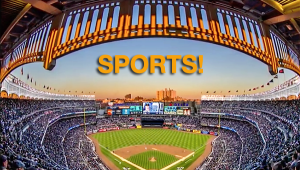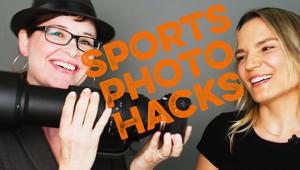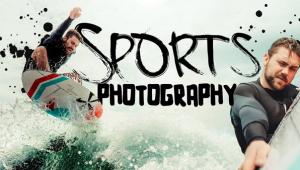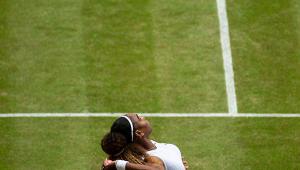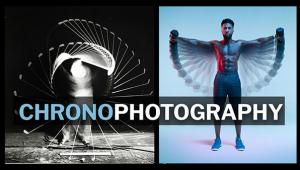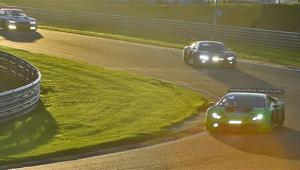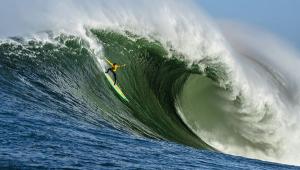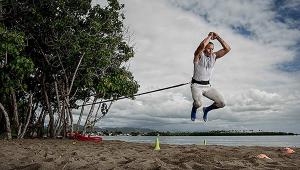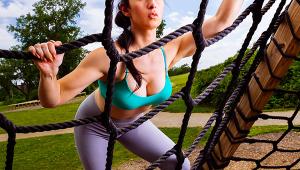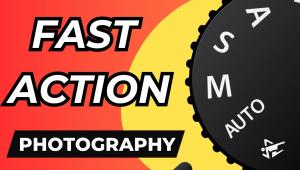How to Capture Horse Racing: Telling a Different Story with Your Photography at the Track

All Photos © Blaine Harrington
I travel to take pictures, but sometimes I just happen to be in an interesting area, like last spring in Lexington, Kentucky. Let’s see: Lexington, horse country, the Keeneland racetrack nearby, and me never without my camera gear. Photography was bound to happen.
Long ago I’d shot motorcycle racing. How different could a horse race be? Actually, a lot different. The bikes go over a course again and again for an hour or two, maybe more, so there were lots of opportunities for cool shots as I moved from position to position. But once I choose a spot at a horse race, I’ll be there for the duration. The horses would be there once, briefly, and I’d have a couple of seconds to get the shot.
So I had to decide: starting gate, finish line, or someplace between? Fortunately, at the Keeneland track they have races every half hour on two tracks—one turf, one dirt—so I’d be able to change position for each race.
I also had a few other advantages. I’d made some contacts in and around Lexington, including a connection with the convention and visitors bureau that got me a press pass. And I had the help of some of the track photographers who let me shoot with them or pointed out positions. And they had ladders and a long camera pole. I could also access the grandstand roof.
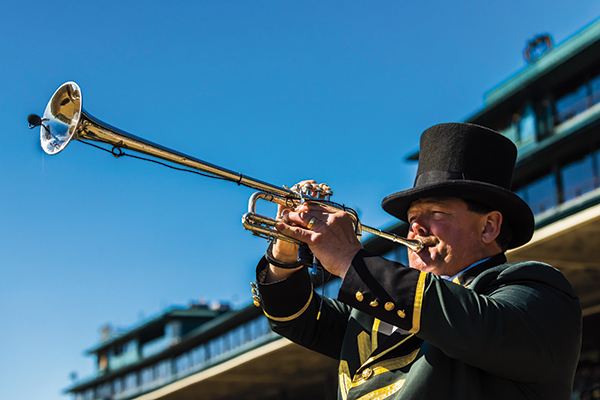
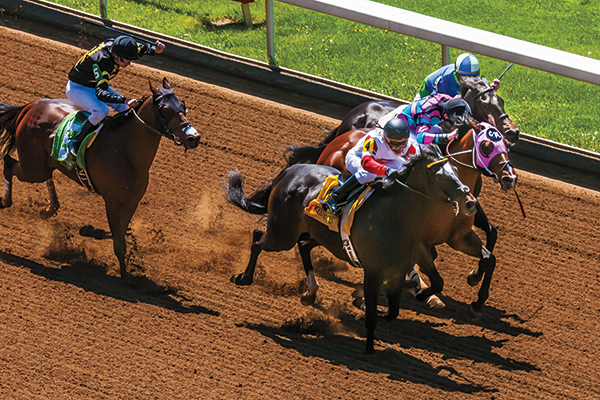
I appreciated the comfort of relying on my familiar kit of three Nikon DSLRs (D2X, D300, D810, almost always in continuous high-speed advance mode) and five Nikkor lenses (the 14-24mm, 24-70mm, 70-200mm and 200-400mm zooms, and the 16mm fisheye).
There were special rules and etiquette for photography at the track. You couldn’t shoot from under the railings, and you couldn’t use flash. Pretty much anything that could spook the horses was prohibited, so I kept my eyes on what the track photographers did and didn’t do just in case I might be tempted to try something that was out of bounds.
I shot probably 20 races over three days, and that was not enough time to really get into the groove and then refine the groove. Things happened fast, and my photography was more instinctive and reactive than anticipated. For instance, I always think about where the light is going to be, but at the track my thinking wasn’t as methodical, even analytical, as I’m used to. I don’t think I missed much, but I’d have liked to have had more time to experience the experience.
I learned the usual considerations applied, but at a faster pace. Early morning and late afternoon light were to be explored and exploited to the fullest. Late afternoon races provided interesting shadows if I was in the right position. The track shooters appreciated overcast days for good reason: the harsh light of a bright, sunny day will show up somewhere along the track as the horses run; sometimes I’d pick a position where bad light had an easy time finding me.
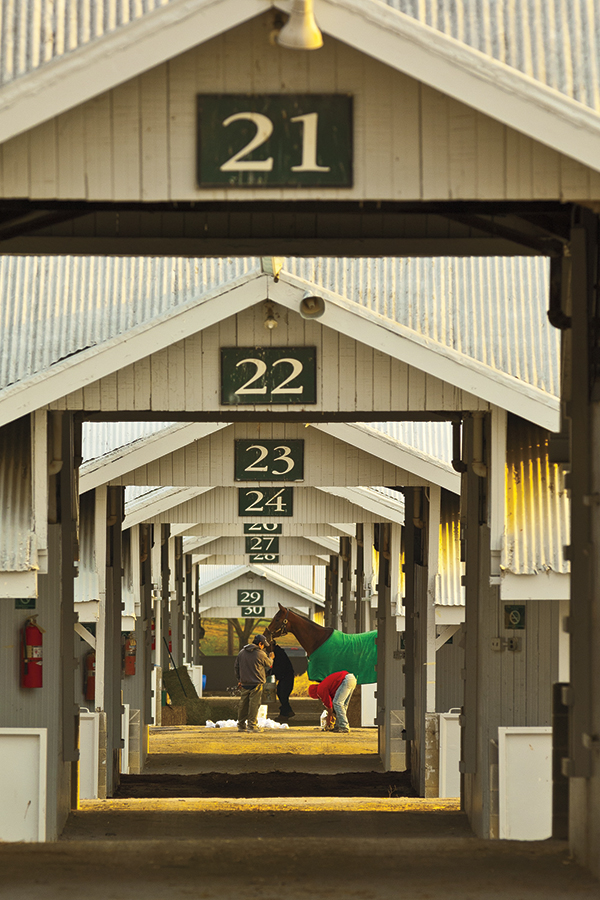

There was something to be said for the challenge of the relatively new and unknown, and I was able to bring elements of my travel photography to the track, like approaching the shoot with the idea of taking not individual images, but of creating a story, a photo essay about an event and its location. I didn’t shoot only racing shots; there were things happening in the stables, in the paddocks, at the edges of the track, in the surrounding countryside. There was atmosphere to be captured or created.
And that was a key concept to latch onto: no matter what I was faced with, there were images to be created and a story to be told.

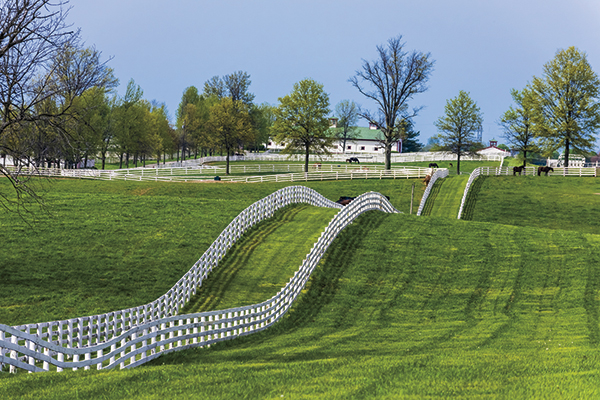
A selection of Blaine Harrington’s images can be viewed at his website, blaineharrington.com.

